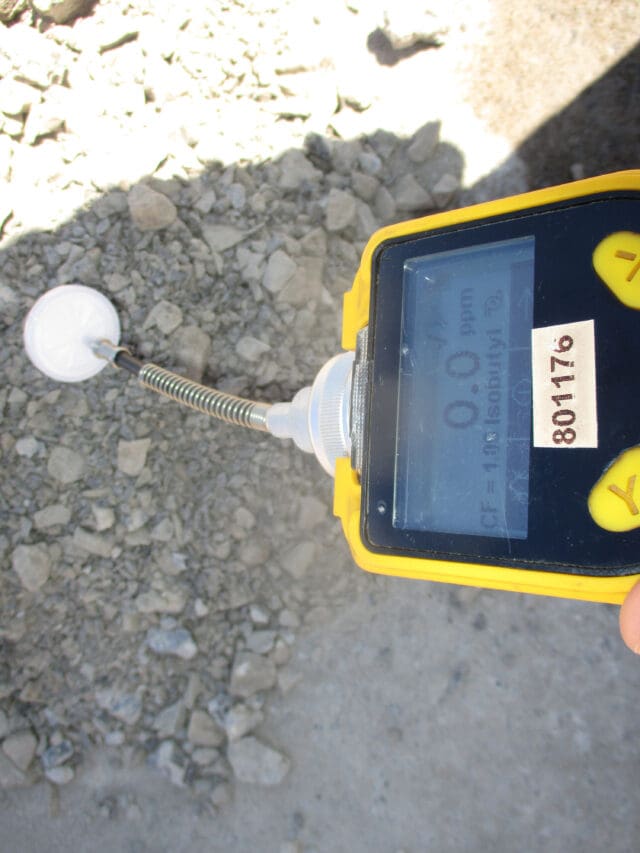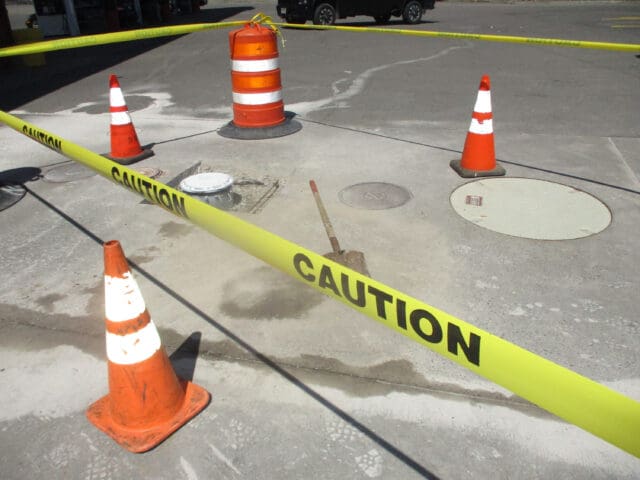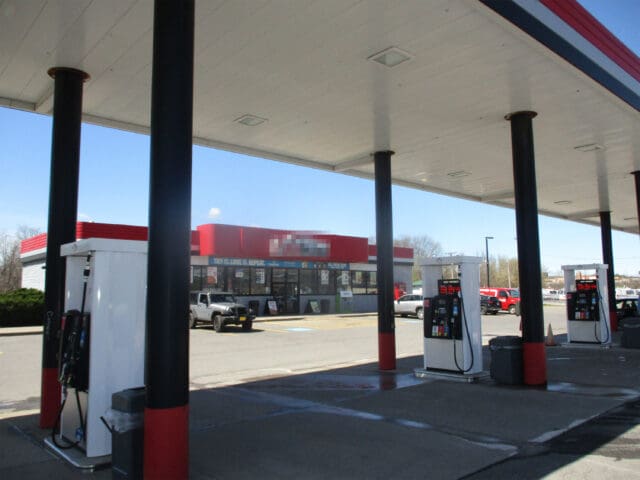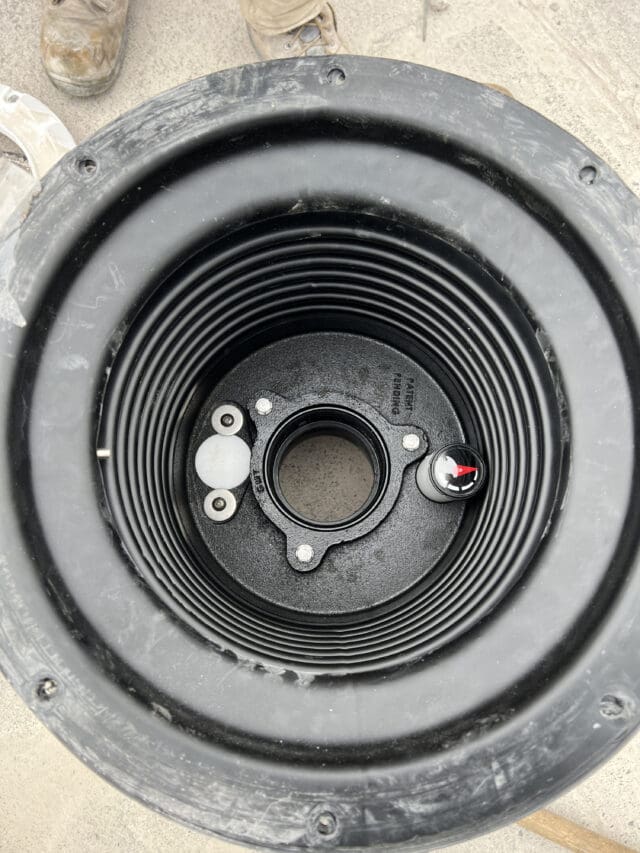



Retail Petroleum Compliance Services
Safeguarding Fueling Systems and the Environment
LaBella provides a full suite of compliance services to a major retail petroleum client with locations from Maine to Virginia, as well as several locations in Florida.
Services include:
- Underground storage tank (UST) and aboveground storage tank (AST) management, design, and permitting
- Environmental compliance audits and documentation
- Soil and groundwater investigations
- Complete environmental consulting
- UST compliance audits and documentation, including resolution and curing of violations
- Petroleum bulk storage compliance consulting
- Emergency response and Spill Prevention Control and Countermeasure (SPCC) planning and assessment
- Wastewater permitting, compliance, and analysis
- Discharge monitoring, reporting, and compliance
- Air discharge permitting, compliance, and analysis
- Terminal compliance services
- UST operator training
- Incident reporting
- Litigation support and expert witness services
Training:
- Responding to product spills and releases
- Monitoring tank system alarms
- Responding to emergency situations
- Managing other situations that pose immediate danger to the public or the environment
- Identifying sensitive receptors on or immediately adjacent to the property
UST Component Training:
- Location, size, and type of product in USTs
- Monitoring tanks for leaks
- Location and proper use of fire suppression pull stations (if present)
- Location and proper use of emergency stop devices (if present)
- Operation of breakaway valves and designated contact for reconnection or replacement (if present)
- Location and proper use of spill response supplies or designated contact for cleanup
- Location of Safety Data Sheets (SDSs)
UST Operational Training – “How To”:
- Recognize spills, leaks, and emergency situations
- Recognize leak alarms
- Contain spills and control access to ensure safety
- Stop the flow of product if feasible, using the emergency stop system where available
- Activate the fire suppression system (if appropriate)
- Contact the Class A or B Operator
- Assess the situation to determine if emergency responders (911) are needed, and locate and use spill clean-up kits or contact the appropriate clean-up personnel
Featured Commercial & Mixed-Use Projects View more














